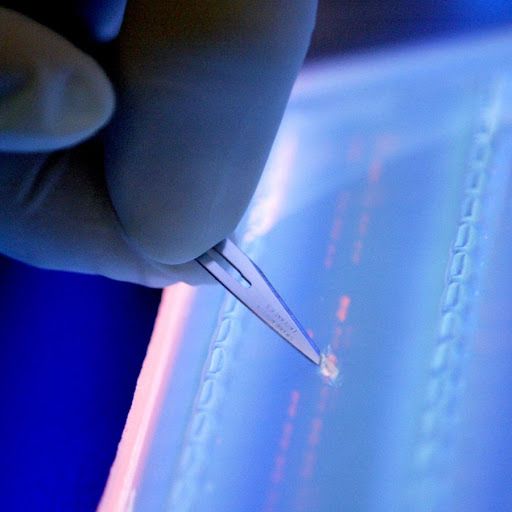Dr Ian Pearson, a leading futurologist from Ipswich, claims that if people can survive until 2050 they could live forever thanks to advances in AI, android bodies and genetic engineering.
Category: bioengineering – Page 204


CRISPR Isn’t Just for Gene Editing Anymore
A scientist cuts a DNA fragment under UV light for DNA sequencing. Image: AP Five years ago, when researchers first discovered that bacterial immune systems could be hijacked to edit DNA in living creatures, it was big news. The technology, called CRISPR, allowed scientists to more easily than ever cut and paste all those As, Cs, Ts, and Gs that make up the base pairs of DNA and encode the world’s living things. With CRISPR, scientists could use genetic engineering to tackle problems from disease to famine. But gene editing with CRISPR is so 2017. Recently, scientists have begun exploring n…

Creating designer babies with CRISPR will soon be possible
Summary: Designer babies have recently become possible, as new techniques have gained credibility from serious scientists. Here’s how they can do it. [This article first appeared on LongevityFacts. Author: Brady Hartman. ]
On Feb 8, the AHA named “Fixing a gene mutation in human embryos” as among the “top advances in heart disease and stroke research” of the past year. They joined a chorus of voices heralding this as a research breakthrough.
The announcement brought attention to the fact that US scientists have recently demonstrated the plausibility of using gene editing to make designer babies.


Engineers use natural protein as nanoshuttle for anti-cancer vaccines
Cancer fighting nanovaccines have shown significant promise, but clinical application has been hampered by complications in large-scale manufacturing, quality control, and safety. Biomedical engineers at the National Institute of Biomedical Imaging and Bioengineering (NIBIB) developed a new technology that enables nanovaccines to bind to the albumin protein naturally present in the body. The albumin protein then delivers these nanocomplexes to the lymph nodes, resulting in potent immune activation against multiple tumor types in mouse cancer models. The use of natural albumin as a universal vaccine shuttle is a significant step towards the application of cancer nanovaccine immunotherapy in humans.
Nanovaccines that work to mount an immune response against a tumor basically consist of two components: the part that delivers the vaccine to the correct site, the lymph nodes, where immune system activation happens; and the part that activates the immune cells to expand and specifically target the tumor.

